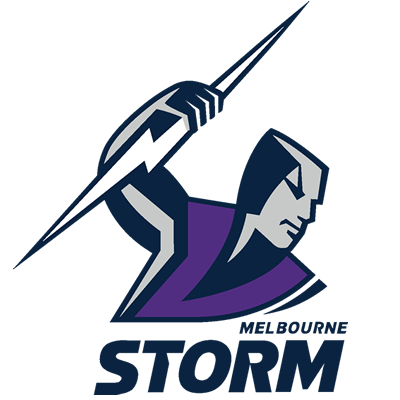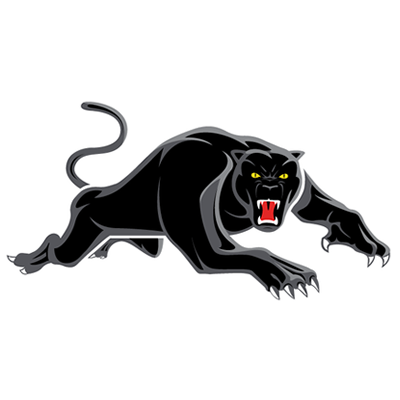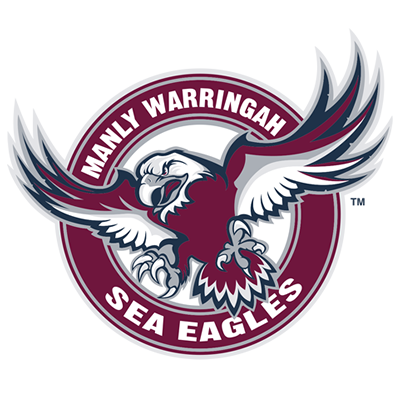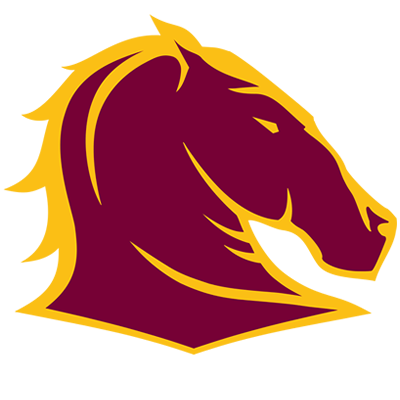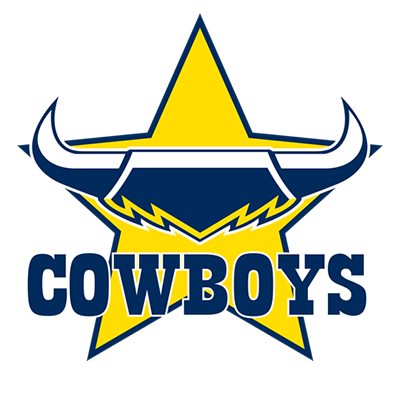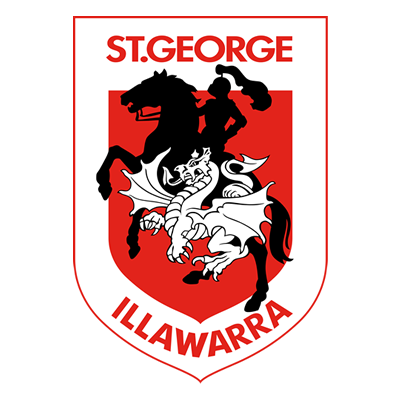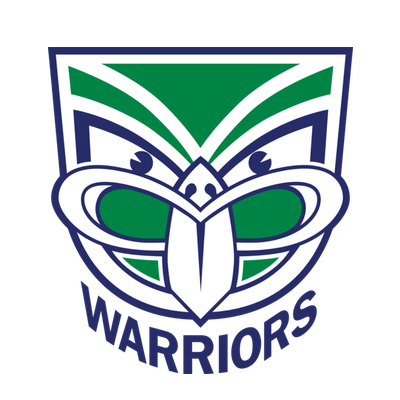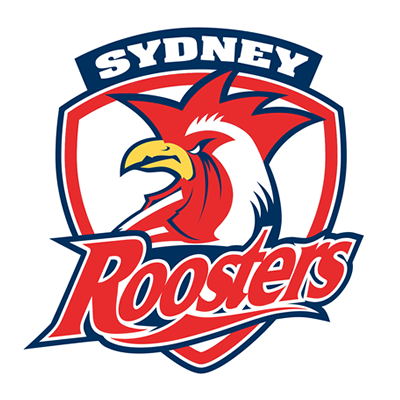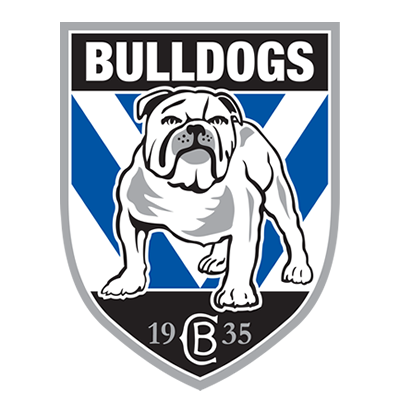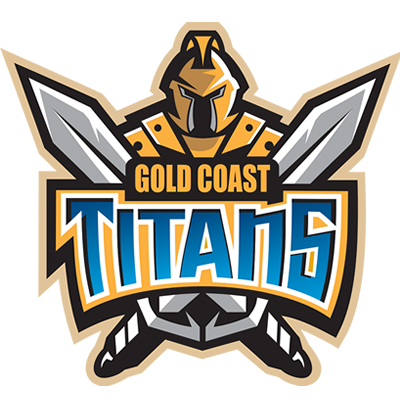I don't know exactly when it became trendy to have a left and right centre instead of an inside and outside centre, sometime in the early 90's I would guess. Can anyone explain to me why we have it that way and what determines a left centre from a right centre ? I can never figure out why people get so caught up with left/right positioning when they talk about team selections, particularly in rep games. Surely if you can play left centre, you are equally as capable at right centre.
I'm guessing that some players have a preference based on passing strength (good right to left passers are better at left centre).
Is the ability to step off one foot better than the other of any consequence (beat players inside instead of outside) ?
Do players have a preferred shoulder in defence and is that good shoulder better on the inside or outside ?
I can understand at club level where you might want consistency in positioning for attacking and defending combinations, but at rep level does it really matter if you play left or right for your club ?
I'm guessing that some players have a preference based on passing strength (good right to left passers are better at left centre).
Is the ability to step off one foot better than the other of any consequence (beat players inside instead of outside) ?
Do players have a preferred shoulder in defence and is that good shoulder better on the inside or outside ?
I can understand at club level where you might want consistency in positioning for attacking and defending combinations, but at rep level does it really matter if you play left or right for your club ?


